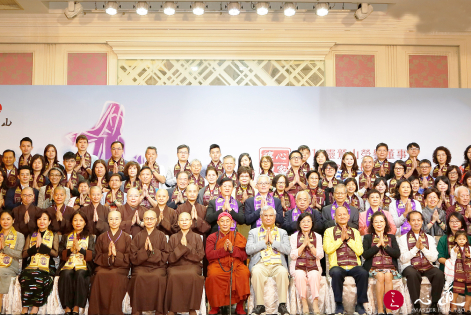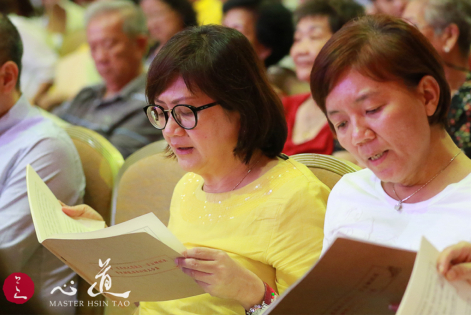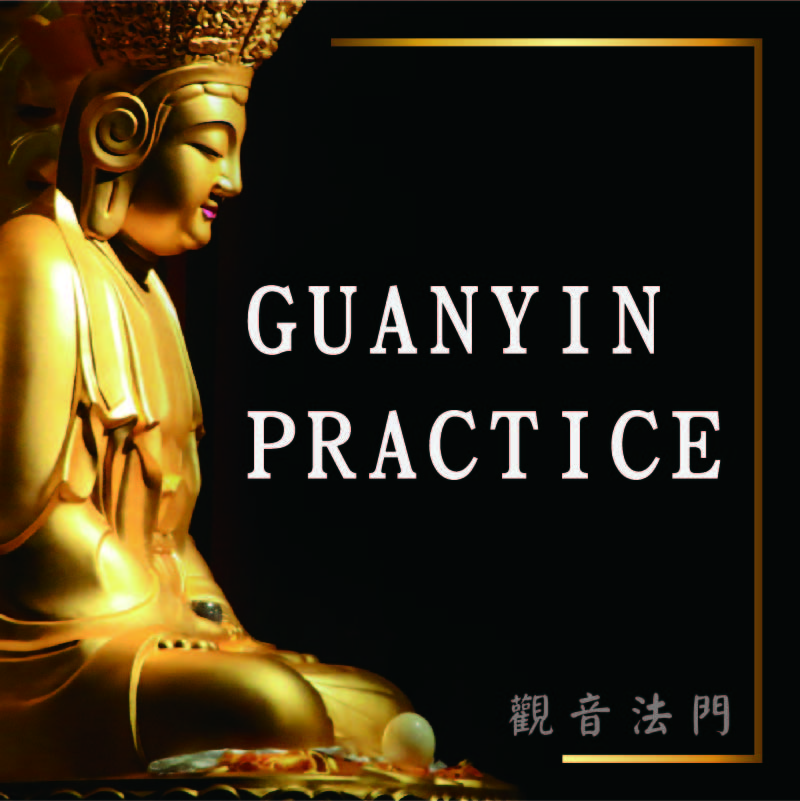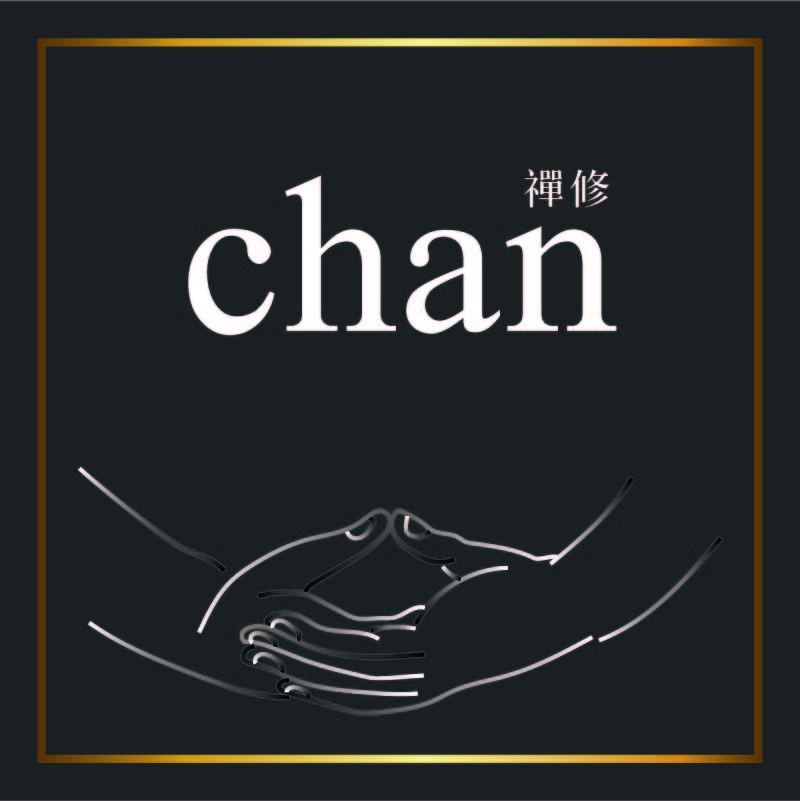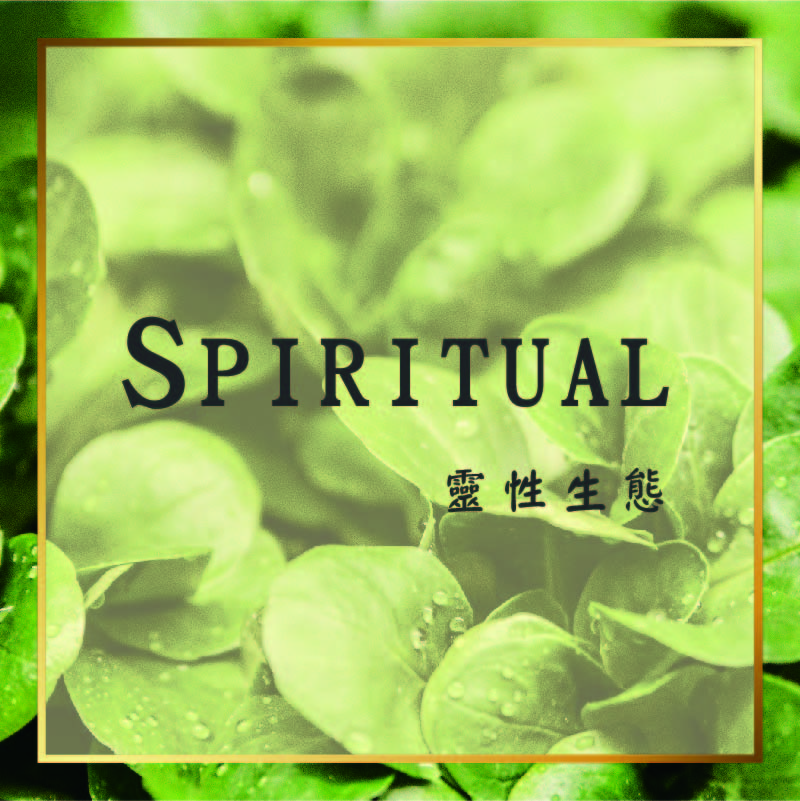
Monastic Experiential Program in Myanmar – Making Connection through Almround
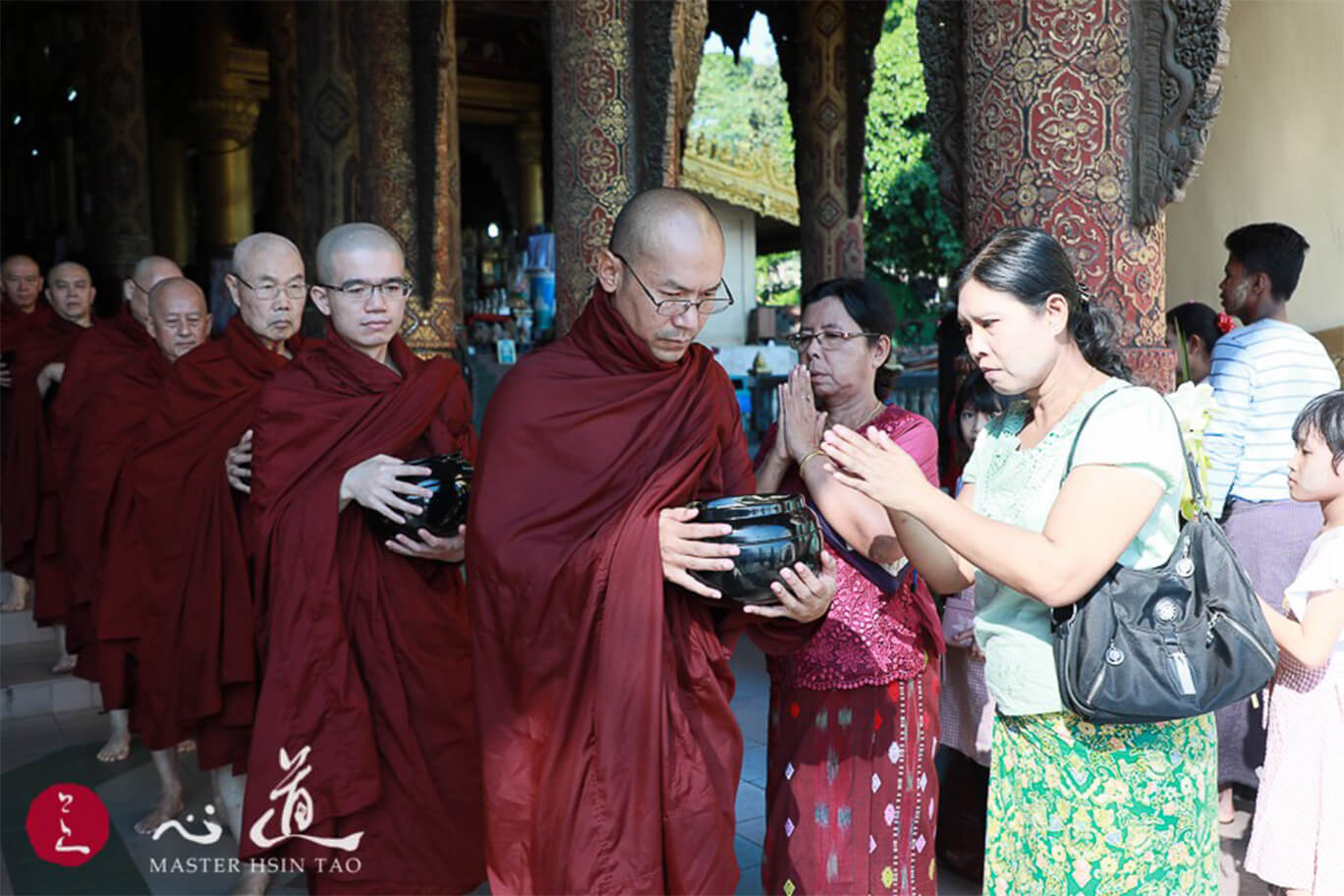 November 21st, 2019, was the fourth day of the monastic experiential program in Myanmar. The participants went for almround in the market for the first time. Almround is one of the practices of the four daily activities: walk freely like the wind without dragging feet; sit still like a bell; stand erect like a pine tree; sleep in recline like a bow. The four daily activities help our minds to free from phenomena. Instead, the mind is turned towards concentration. The mind is not fixated on gaining or losing.
November 21st, 2019, was the fourth day of the monastic experiential program in Myanmar. The participants went for almround in the market for the first time. Almround is one of the practices of the four daily activities: walk freely like the wind without dragging feet; sit still like a bell; stand erect like a pine tree; sleep in recline like a bow. The four daily activities help our minds to free from phenomena. Instead, the mind is turned towards concentration. The mind is not fixated on gaining or losing.
When we go on almround, we should not generate covetousness or aversion no matter what we receive. Almround is a mean to connect with sentient beings. Although the offerers do not know us personally. Yet, we are connected through the offering. People make offerings to the sanghas and in reciprocation, the sanghas provide Buddhadharma. If we stay isolated and not going to almround, the teaching of the Buddha cannot spread as widely. To disseminate Dharma, almround is a mean. People would also have this great opportunity to offer monastic sanghas.
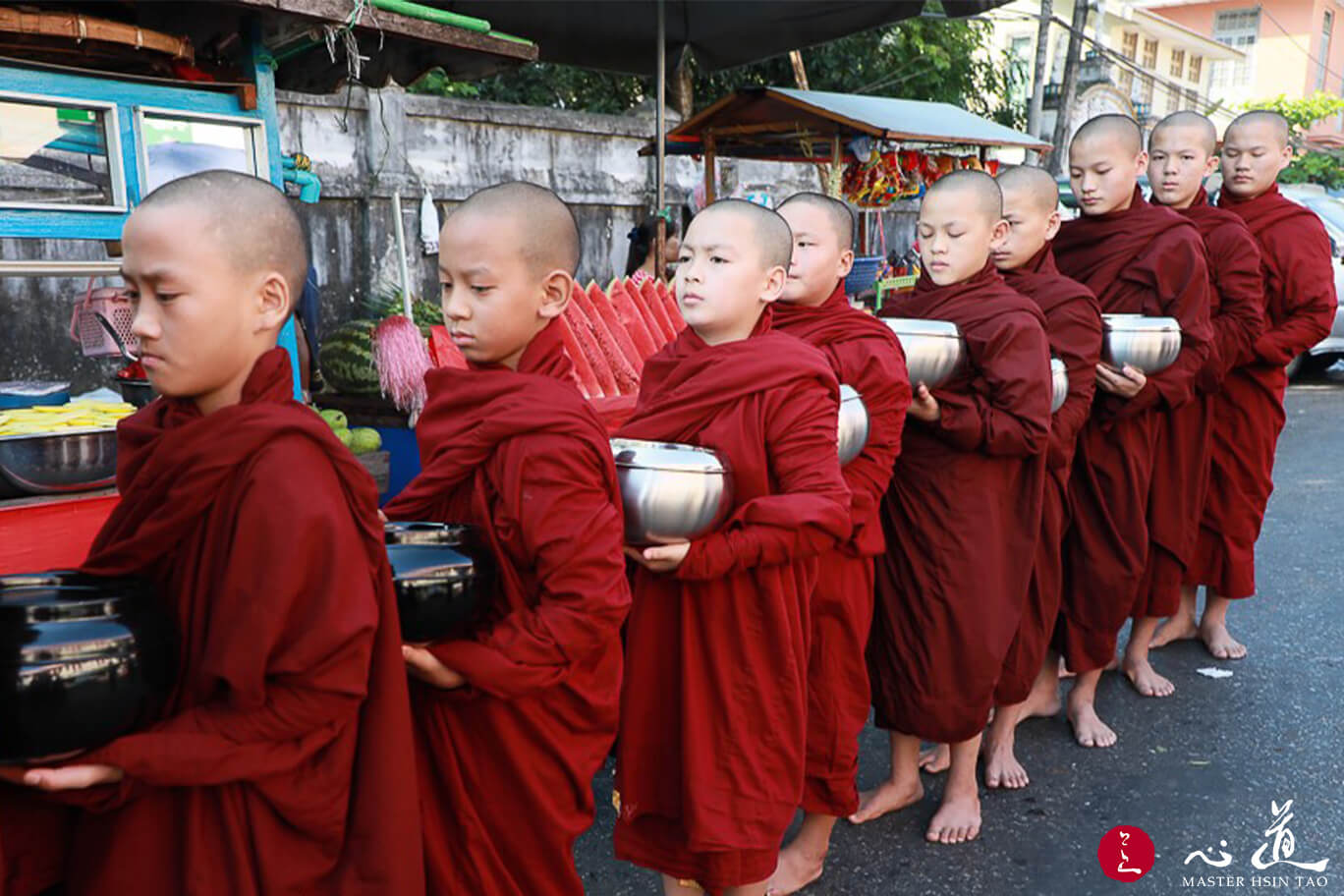 The three robes and one begging bowl are the basic belongings of a monastic member. These are all one needs to walk the world and live freely. The seven-patch robe is also named “the garment of the meritorious field”. This specific robe symbolizes the field of merit for sentient beings. As we uphold a life of pure and ethical disciplines, those who make offerings could also receive the benefits of the meritorious field. Hence, we should uphold a life of ethical discipline and stabilization. Furthermore, we should apply analytical insight into life. This insight is also prajna wisdom that is all-knowing of suffering, emptiness, and impermanence. Let us abide in a state of unarising and unceasing.
The three robes and one begging bowl are the basic belongings of a monastic member. These are all one needs to walk the world and live freely. The seven-patch robe is also named “the garment of the meritorious field”. This specific robe symbolizes the field of merit for sentient beings. As we uphold a life of pure and ethical disciplines, those who make offerings could also receive the benefits of the meritorious field. Hence, we should uphold a life of ethical discipline and stabilization. Furthermore, we should apply analytical insight into life. This insight is also prajna wisdom that is all-knowing of suffering, emptiness, and impermanence. Let us abide in a state of unarising and unceasing.
The practice of monasticism is to be free from the cycle of living and dying. As well, we can eradicate afflictions through this. By applying wisdom to analyze the impermanence and the egolessness of phenomena, we can also analyze our thoughts. Every thought is merely an unattainable delusion. Every thought is where we learn to cease our active mind and thoughts. Eventually, our spirituality would return to its purity. When we’ve reached that stage, we’d experience and resonate with emptiness. Once we do, all afflictions are eradicated.
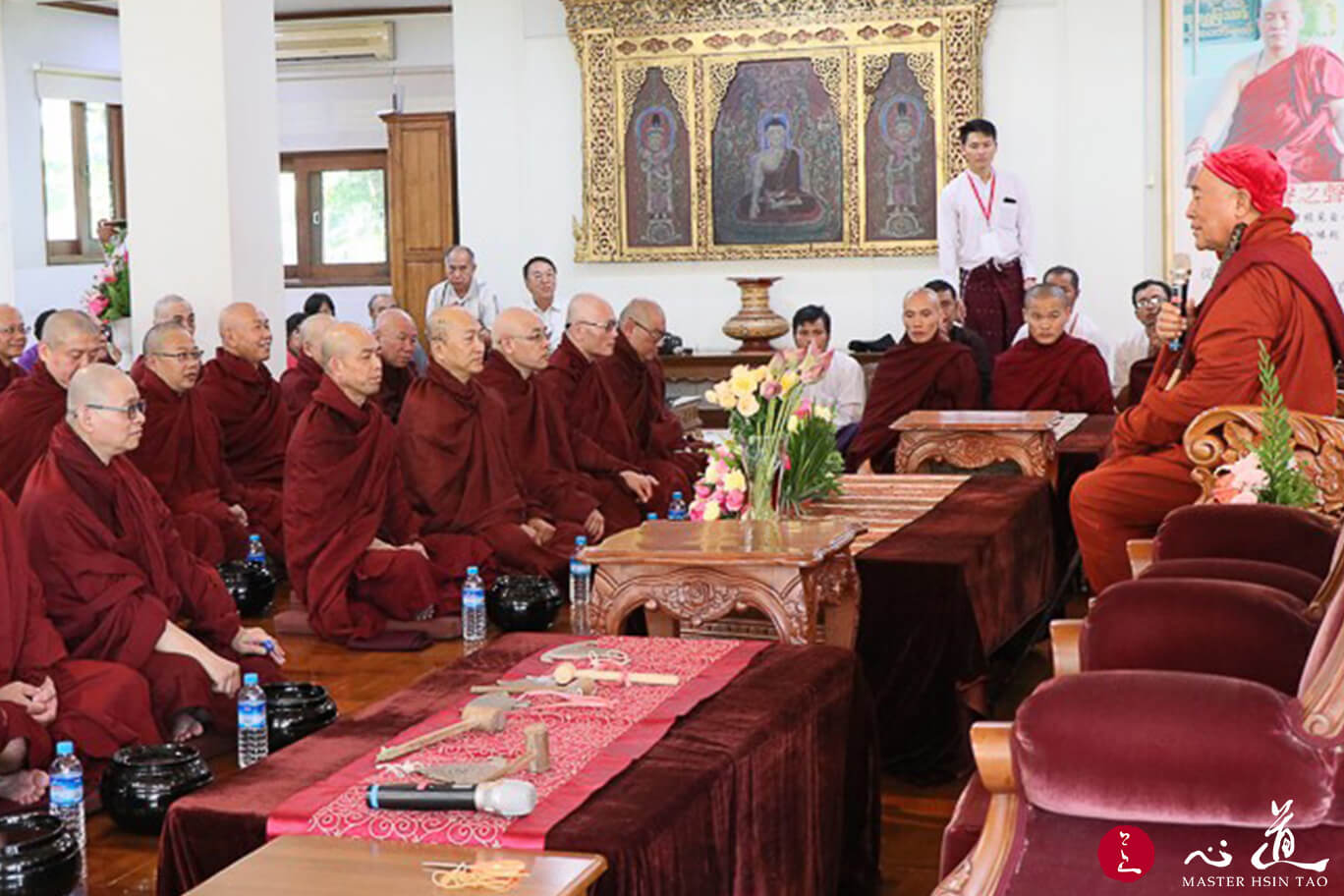 This world is very suffering. Where does it come from? From life, greed, losses, and gains, conflicts, attachments, confusion, and not letting go. Then, afflictions of greed, aversion, and ignorance arise. Should we not let go, the three poisons become the elements of our future lives. Therefore, we must “learn to let go, live the moment”. Gradually, we’d realize that “with arising there comes ceasing, extinction is of utmost bliss". When we are free from arising and ceasing, a state of “peace” is what our body and mind could attain.
This world is very suffering. Where does it come from? From life, greed, losses, and gains, conflicts, attachments, confusion, and not letting go. Then, afflictions of greed, aversion, and ignorance arise. Should we not let go, the three poisons become the elements of our future lives. Therefore, we must “learn to let go, live the moment”. Gradually, we’d realize that “with arising there comes ceasing, extinction is of utmost bliss". When we are free from arising and ceasing, a state of “peace” is what our body and mind could attain.
Dharma practice is also “pragmatism”. It is more than a theory as that would only remain useless. We must take action and apply it. It is rare to have the opportunity to practice. It is a sacred and optimal way to experience the value of life. With the constant application, this foundational practice would resonate with our life. Eventually, we’d become authentic practitioners of Dharma.



